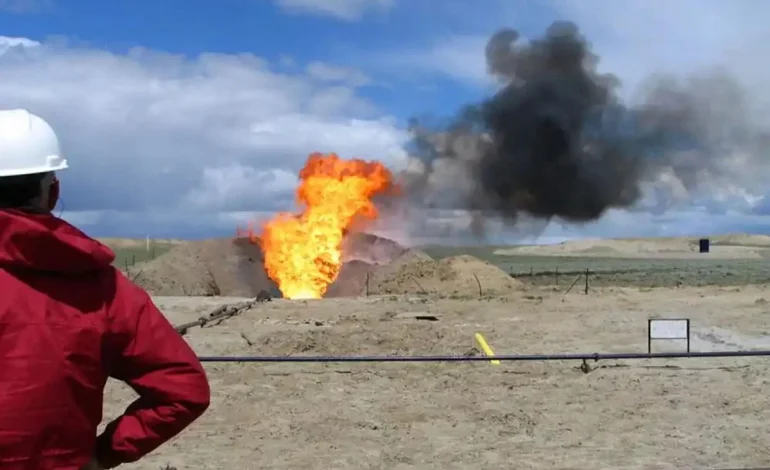Data Center Expansion Spurs Interest in Low-Carbon Natural Gas in Wyoming

Wyoming’s expanding data center industry is creating new opportunities for the state’s natural gas producers, with growing demand for low-carbon energy sources to power energy-intensive computing systems, Jackson Hole News&Guide reports.
PureWest Energy, the state’s largest natural gas producer, recently announced a partnership on a new project near Evanston that aims to supply electricity to a data center developed by Prometheus Hyperscale. To meet the energy preferences of technology companies, PureWest plans to certify its product as “low-carbon” natural gas. This involves obtaining a globally recognized verification to ensure minimal emissions throughout the supply chain—from wellhead to power generation.
Initially, the project will generate 150 megawatts of electricity, with plans to expand to 1,200 megawatts over time. For context, one megawatt is enough to power approximately 750 homes. The electricity will be used to support the growing computing needs of hyperscale data centers, which require substantial and consistent power supplies.
The emissions from natural gas-fired power plants in this project will be captured and permanently stored underground by Frontier Carbon Solutions. The company is developing a large-scale carbon storage hub near Granger in partnership with the US Department of Energy and the University of Wyoming.
Although there is no legal mandate requiring PureWest or its partners to obtain low-carbon certification or implement carbon capture, the companies say these efforts reflect market expectations.
“It’s going to be tied to the requirements of the ultimate consumers — the clients of this data center,” said PureWest CEO Christopher Valdez. “It’s a demand pool, and it’s specific to our local markets.”
Another major energy developer, the Anschutz Corporation, has also outlined plans to build 3,200 megawatts of natural gas-fired generation and 1,000 megawatts of solar generation in Carbon County. The proposed Seminoe and Walcott Generating Stations are intended to serve one or two large data centers, although no specific clients have been announced. The company has indicated that on-site carbon capture and storage could be part of the plan.
The scale of these proposals has raised concerns from some environmental organizations. Rob Joyce, director of the Sierra Club’s Wyoming chapter, expressed skepticism about the carbon capture claims.
“We don’t have assurances that they’re actually going to capture the emissions like they’re saying,” Joyce said.
Still, not all environmental advocates are opposed to these developments. The Environmental Defense Fund (EDF), which has collaborated with several Wyoming natural gas producers, views the trend as an opportunity. EDF has supported companies like Jonah Energy in securing low-carbon certification by improving methane leak detection and prevention.
“Wyoming’s natural gas producers have a real opportunity to lead in a global market looking for lower-emissions energy,” said John Rutecki, EDF’s regulatory and legislative manager. “If Wyoming wants to stay competitive in powering next-generation industries like data centers, those efforts must be backed by robust, transparent emissions measurement and verification and strong statewide standards.”









The latest news in your social feeds
Subscribe to our social media platforms to stay tuned